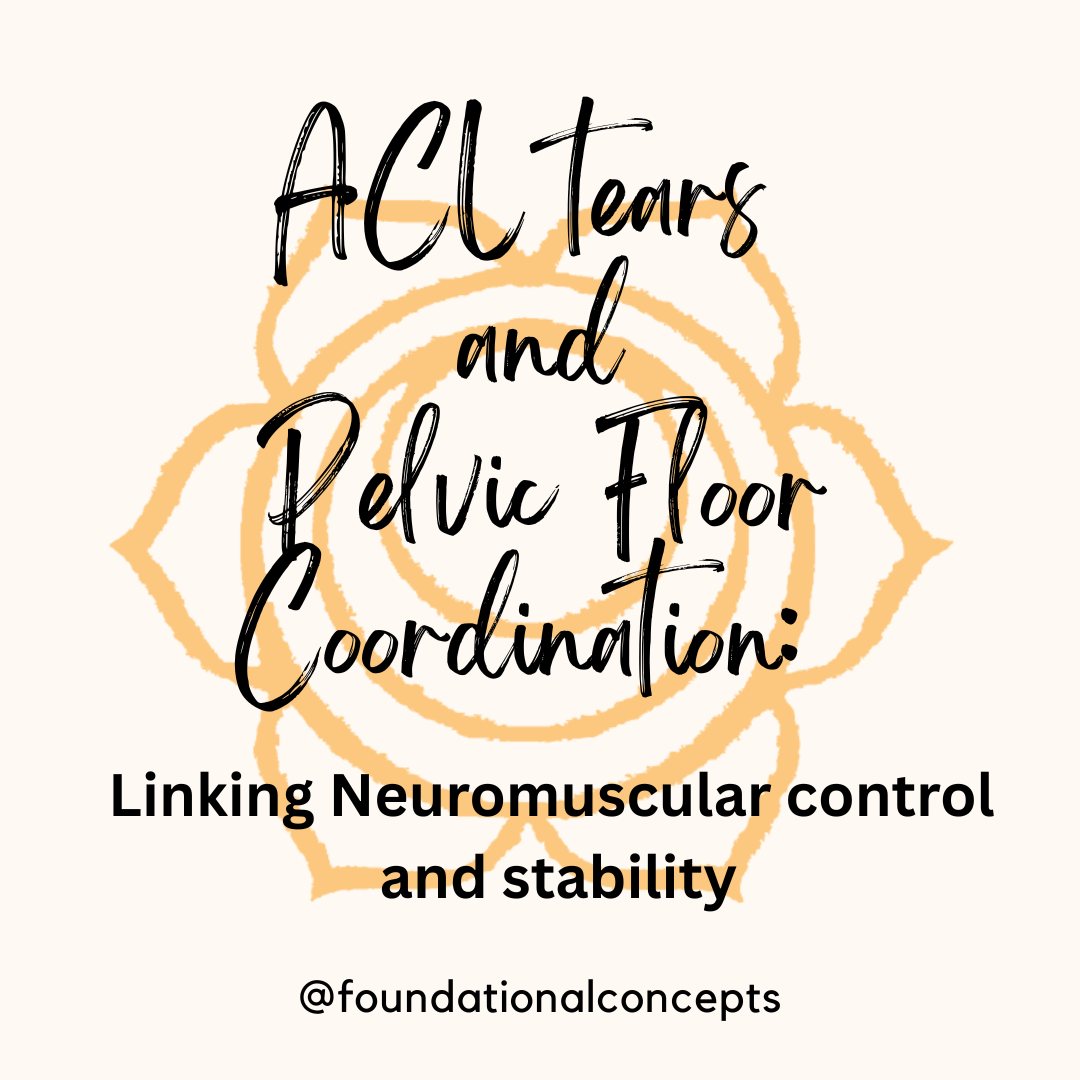
Surprising Connections: How Your Voice and Pelvic Floor Work Together
When we think about singing, speaking, or even laughing, we rarely think about our pelvic floor. But recent research is shining a light on something surprising: your pelvic floor muscles—usually associated with core strength and bladder control—play a crucial role in how you breathe and use your voice.
So, what is the pelvic floor?
The pelvic floor is a group of muscles that form a supportive hammock at the base of your pelvis. These muscles are best known for helping with bladder and bowel control, supporting organs like the bladder, rectum and uterus, and playing a role in everything from childbirth to core stability.. But they also do something you might not expect—they help us breathe and speak.
The breath-voice-pelvic floor connection
Breathing is the foundation of voice. Every time you speak, sing, shout, or laugh, your body coordinates a complex dance between your lungs, diaphragm (your main breathing muscle), abdominal muscles, and—yes—your pelvic floor.
Here’s how it works:
- When you breathe in, your diaphragm moves downward and your pelvic floor gently expands.
- When you breathe out—especially during forceful actions like singing or coughing—your pelvic floor muscles contract to help push air out in a controlled way.
This is important because voice production (also called phonation) depends on subglottic pressure—the pressure just below your vocal cords. The pelvic floor helps manage this pressure, giving your voice the strength, stability, and control it needs.
Singing, coughing, and pelvic floor teamwork
Research shows that the pelvic floor muscles are active during everyday voice tasks like speaking, as well as more demanding ones like singing or coughing. Different layers of the pelvic floor even respond differently depending on the task:
- The deeper muscles work closely with your breathing patterns.
- The superficial muscles get involved during powerful activities like coughing or belting out a song.
Even more amazing? Studies using ultrasound imaging have shown that your pelvic floor actually moves in response to your voice. That means your vocal cords and your pelvic muscles are in constant communication—even if you’re unaware of it.
Why does this matter?
If you’re a singer, actor, teacher, or anyone who uses their voice a lot, understanding the connection between your breath, posture, and pelvic floor can help you use your voice more efficiently—and avoid strain or injury.
It also reminds us how deeply connected our bodies are. The systems we often think of as separate—voice, breathing, posture, and core stability—are all working together behind the scenes.
Takeaway
Your pelvic floor isn’t just about core strength or bathroom habits. It’s part of a powerful, hidden support team for your voice. Whether you’re delivering a speech, singing your heart out, or simply having a chat with a friend, your pelvic floor is quietly helping you breathe, stabilize, and speak with strength. At Foundational Concepts, Specialty Physical Therapy we will help you coordinate your voice, diaphragm and pelvic floor for optimal function. We offer a free, 15 minute phone consultation to make sure you are in the best place for healing.
Disclaimer: This blog is here for your help. It is the opinion of a Licensed Physical Therapist. If you experience the symptoms addressed you should seek the help of a medical professional who can diagnose and develop a treatment plan that is individualized for you.









